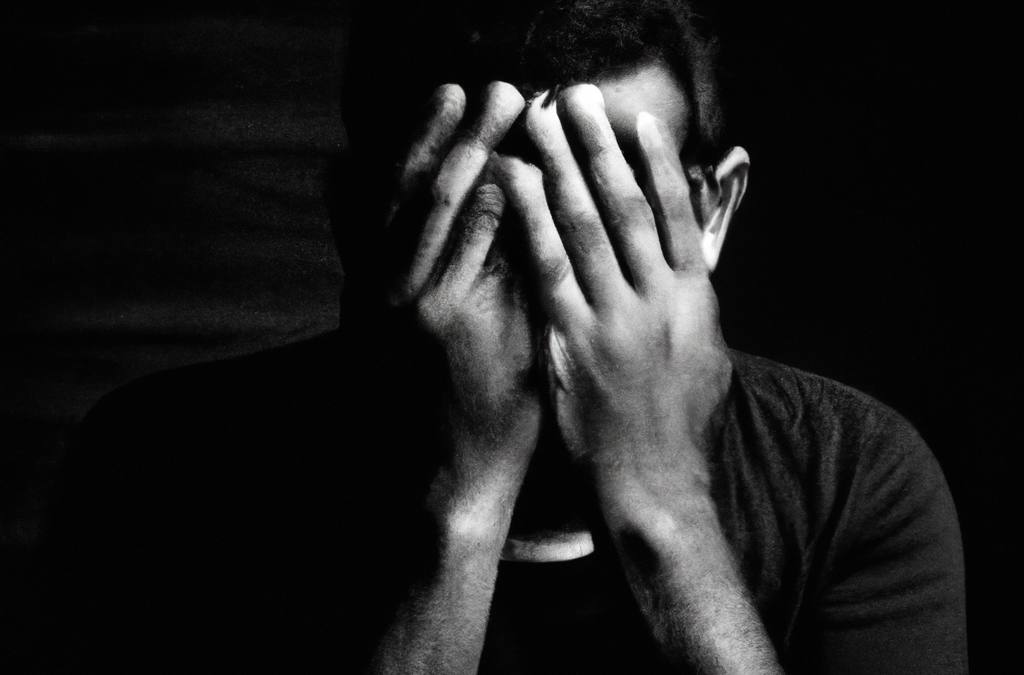Stimulant Addiction and Abuse
855 339 1112
What To Know About Stimulant Addiction and Abuse?
Stimulants are basically the opposite of depressants. While depressants work by slowing down brain activity, stimulants speed it up by increasing cognitive function.
Stimulants Overview, Common Prescription Stimulants, Adderall, Dexedrine, Ritalin, Concerta, Desoxyn, Ephedrine, Stimulant Abuse and Effects, Stimulant Addiction, Rehab is Your Best Chance
Over the years, the number of emergency room visits related to stimulants has steadily increased. Back in 2004, there were 2,303 of such cases, while in 2011 this number jumped to 17,272.
In 2011, 38 percent of emergency room visits that involved stimulants also involved alcohol. And in 2012, there were around 1.2 million non-medical users of prescription stimulants aged 12 and above in the United States.
Stimulant abuse is very common and a lot of people eventually develop an addiction. In fact, nearly 360,000 people received treatment for this type of addiction in 2012.
Because of their potentially deadly effects, it is important to take a look at some of the most common stimulants and their effects.
Stimulants Overview
Stimulants are basically the opposite of depressants. While depressants work by slowing down brain activity, stimulants speed it up by increasing cognitive function.
As the name suggests, these drugs “stimulate” the central nervous system, making the user more alert. More specifically, these drugs increase the amounts of the neurotransmitters dopamine and norepinephrine in the brain. The increase in these chemicals improves concentration while also decreasing fatigue. This is why stimulants are commonly given to people struggling with ADHD (attention deficit hyperactivity disorder).
There are plenty of stimulants that are used as prescription medications, there are also a few that are illicit substances, such as cocaine.
Stimulants may be taken orally, but they are sometimes snorted or injected by recreational users. People who abuse stimulants are at risk of severe negative health effects and addiction.

Common Prescription Stimulants
Amphetamines, dextroamphetamines, and methylphenidates are some of the most commonly prescribed stimulants. Because stimulants can increase energy, alertness, and concentration, they are used to treat ADHD and narcolepsy. In other cases, they are also used to treat obesity.
Examples of commonly prescribed stimulants are the following:
Adderall
Adderall is currently the most commonly prescribed amphetamine in the US. It was first approved in 1960, and is now the most popular prescription stimulant in the market.
Dexedrine
Also known as Dextroamphetamine, Dexedrine is a potent stimulant that has been available since 1976. This medication was used as a “go-pill” by the military for physically demanding missions.
Ritalin
In 1955, Ritalin was approved for the treatment of hyperactive children. It is different from Adderall and Dexedrine because it is classified as a methylphenidate. Generally speaking, it works the same way as amphetamines but milder.
Concerta
Unlike the previous drugs, Concerta is relatively new, only being approved in 2000. It is prescribed for people suffering from ADHD.
Desoxyn
Desoxyn was introduced in 1947 and is the first medication prescribed for obesity. This is a prescription methamphetamine that is also used to treat ADHD.
Ephedrine
Commonly used as an appetite suppressant, Ephedrine can also be used to provide temporary relief for chest tightness, shortness of breath, and wheezing caused by bronchial asthma. Because it can be easily obtained over the counter, ephedrine is used in meth labs as an ingredient.
Stimulant Abuse and Effects
Both prescription and illicit stimulants can be abused. Cocaine, crack, and crystal meth are illicit stimulants that produce similar effects to those of prescription stimulants.
Aside from recreational users, students and athletes who want to enhance their performance are the most likely to abuse stimulants.
Prescription stimulants are classified as Schedule II drugs under the Controlled Substances Act. This means they have a high potential for abuse. In fact, approximately 900,000 Americans abuse prescription stimulants each month.
When a person takes stimulants, they may experience effects like euphoria, decreased appetite, wakefulness, increased energy, sleeping difficulties, nervousness, and increased blood pressure. They may also become more talkative during this time.
Stimulant Addiction
Despite their inherent benefits, stimulants have dangerous side effects, especially when abused. If a person misuses their prescription or abuses stimulants to get high, their risk of developing addiction is increased.
Stimulants produce dopamine, which is also the pleasure-inducing chemical in the brain. This activates the brain’s reward system. Continued abuse of stimulants will condition the brain into becoming dependent on the substance. When the person stops taking the drug, they will go through withdrawal and experience intense cravings.
Addicted individuals will prioritize stimulants over everything else. They will lose interest in things they used to enjoy and they will start neglecting their responsibilities in favor of taking the drug.
Addiction is characterized by the continued use of a certain drug even when the person is already experiencing its negative effects. They may suffer from health problems, mental health problems, financial problems, etc. Their continued drug abuse may also affect their relationships with the people around them.
If someone in the family is struggling with drug or alcohol addiction, it is important to seek help. A combination of medical detox and behavioral therapy can go a long way in the fight against substance abuse. But because every individual is affected by addiction differently, a comprehensive program tailored to their specific needs is necessary. Look for a nearby addiction treatment facility today and find out how drug treatment programs work.
Rehab is Your Best Chance
Treatment is an addicted individualʼs best option if they want to recover. Beating an addiction not only requires eliminating the physical dependence, but also addressing the behavioral factors that prevent them from wanting to get better. Simply quitting may not change the psychological aspect of addiction. Some people quit for a while, and then take drugs or alcohol again, only to overdose because they did not detox properly. Recovery involves changing the way the patient feels, thinks, and behaves.









